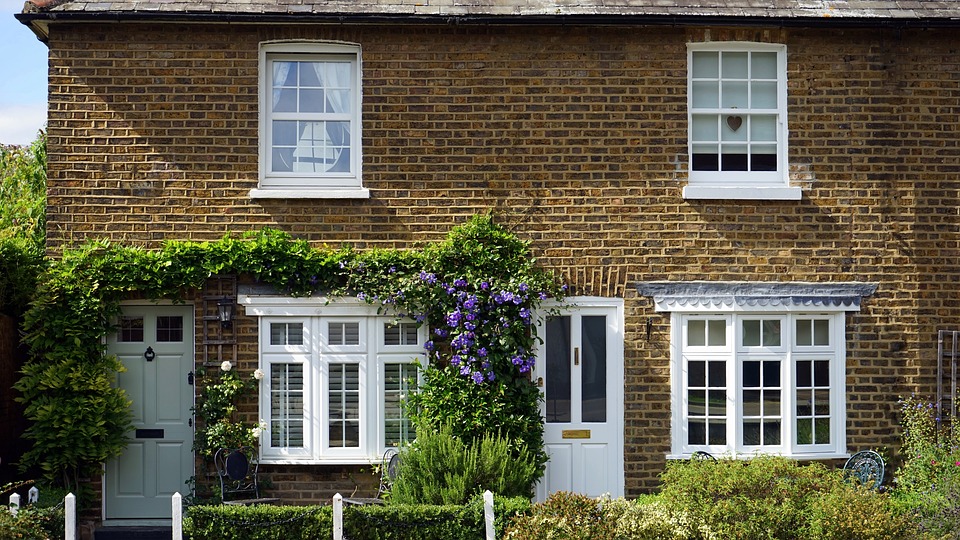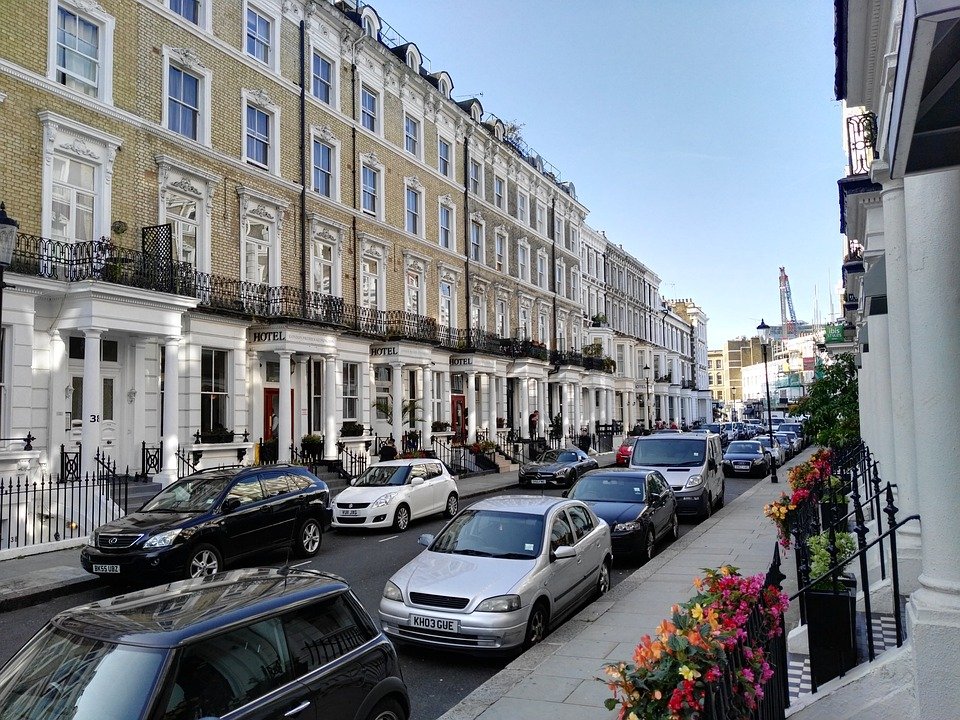Sales activity remains strong across the housing sector, but there are signs that the market is starting to slow to more moderate levels as more properties come on to the market.
With the housing market booming, some vendors previously felt that they might run the risk of selling too quickly before finding somewhere to buy, but these concerns have now eased slightly and more are willing to come to the market. This is according to Ian Marriott, head of Savills Nottingham.
His comments come following the release of the May 2022 OnTheMarket (OTM) Property Sentiment Index this morning.
Get in touch with Mortgage Broker UK today to discuss your residential and Buy to Let Mortgage requirements.
The report found that while the high levels of buyer and seller confidence in April are consistent with the previous two months, there is also strong evidence emerging of a more stable housing market.
“The frenzy of the past two years has settled into a more manageable, steady environment, a ‘new normal’ or elevated version of the pre-pandemic market,” said Jason Tebb, chief executive officer of OTM, “There are several headwinds, including the rising cost-of-living and the potential for further interest rate rises from the Bank of England; however, these factors have yet to impact sentiment.”
OTM reports that the number of properties newly listed for sale is slowly increasing and supply-demand economics suggest that if this continues, price growth will moderate.
Tebb commented: “If there’s more choice of properties for sale and buyer numbers remain consistent, or even start to drop off, there could be a levelling off in activity and prices. However, the fundamental lack of stock at the present moment means that values will hold at a certain level.”
While there may be further challenges to come, for now OTM’s data shows strong confidence from both buyers and sellers, which is continuing to fuel the UK housing market.
Read about the UK Housing Market via our Specialist Residential & Buy to Let Division
Tebb continued: “There are many reasons why people need to move and there are plenty looking to do so. This is particularly true in the regions outside the major conurbations as they look their best right now with spring leaves on the trees – one of the reasons why spring/summertime is a natural time to sell. The challenges of the past two years have ingrained a sense of positivity in the housing market which shows no signs of slowing and as such continues to thrive as serious property seekers get on with the business of moving.”
OTM data reveals that in April, 82% of sellers were confident that they could complete a sale within three months, which is the same percentage as in March and February 2022, with some regions even reporting an uptick in confidence.
Discover our Mortgage Broker services
Sellers confident that they would sell their home within the next three months rose to 82% in April in the East Midlands, compared with 75% in March.
Seller confidence also rose to 83% in the East of England, up from 81% the previous month. London saw a slight drop-off, with the percentage of sellers confident they’d sell their property in the next 3 months falling from 86% in March to 82% in April, bringing it more in line with other parts of the country.
“Strong demand from serious buyers remains, with our data showing that in April, 63% of properties in the UK were SSTC within 30 days of first being advertised for sale,” Tebb said. “Again, behind this national average there are differences which reflect the diversity of regional markets; for example, 50% of properties were SSTC within 30 days of first being listed in London, compared with 79% of newly listed properties in Scotland.”
Source: Property Industry Eye









